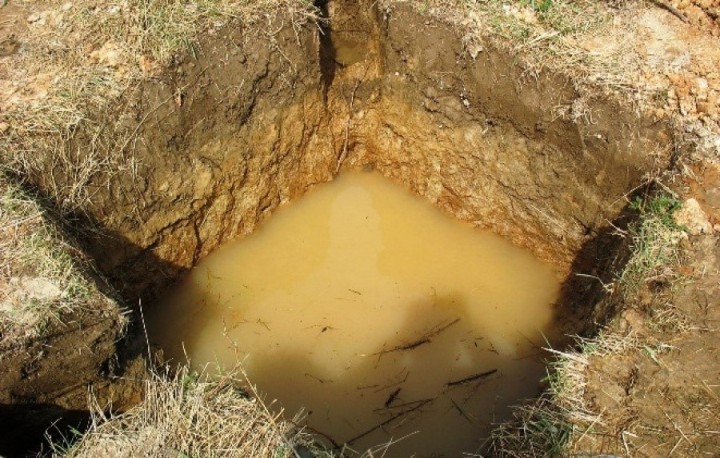Groundwater supplies are being depleted in aquifers around the world, a new study has found, with the rate of decline accelerating over the past four decades in nearly a third of the aquifers studied. Rapid declines in water levels are most common in aquifers beneath cropland in drier regions, the largest analysis of groundwater trends shows.
Groundwater has long served as a climate buffer, providing a source of fresh water for communities with variable rainfall. But human activity has set off a feedback loop that puts this critical resource at risk: Decades of uncontrolled burning of fossil fuels has caused more frequent and severe droughts, which in turn has led to increased dependence on groundwater.

A new study published Wednesday in the journal Nature shows that the decline was most widespread and declined fastest in drier regions with extensive agriculture, an international team led by researchers from the University of California, Santa Barbara and ETH Zurich found by analyzing satellite data. data combined with data from individual monitoring wells in more than 40 countries. Irrigation accounts for about 70 percent of global groundwater withdrawals, and the researchers found that rapidly declining groundwater levels were virtually non-existent on uncultivated land.
“Rapid and accelerating declines in groundwater levels are unfortunately widespread around the world,” said Scott Jaseczko, a water resources expert at the University of California. Santa Barbara, who co-led the study. “But we also find cases where trends in groundwater levels have been reversed by smart interventions.”
In nearly half of the intervention cases reviewed, groundwater levels either decreased, slowed (20 percent), reversed their decline (16 percent), or increased (13 percent). The rollback was largely the result of implementing policies or regulations to use alternative sources, such as recycled water or stream diversion, the use of tiered or higher water usage charges, or refilling aquifers with water from other sources.

Aquifers in India have also shown severe declines, along with less studied regions including Iran’s agricultural hub, the Western Qazvin Plain. The analysis shows that a rapid decline in groundwater levels of half a meter per year (about 1.6 feet) is widespread.
Groundwater accumulates in underground horizons composed of permeable rocks such as sandstones and limestones. They are replenished during rains, melting snow and glaciers. They are treated as fossil reserves and are mined using wells. A third of the fresh resources on the planet are groundwater. Strictly speaking, it is a renewable resource – especially those that occur close to the surface. However, if the rate of depletion is higher than the rate of replenishment, the aquifer is at risk of depletion.

It is estimated that by the middle of the 21st century there will be literally three or four countries in the world that will not have a shortage of fresh water, Russia among them.
There is not much fresh water on Earth; a third of the reserves are groundwater. In a 2005 article, American geophysicist Leonard Konikof writes that over the past half century there has been an explosive growth in the number of wells, which has had a huge economic effect. However, in many places this has led to the depletion of aquifers. And, as a consequence, to rising water prices, deterioration of its quality, environmental problems, including irreversible damage to the soil. The most problematic regions are North Africa, the Middle East, South and Central Asia, Northern China, North America and Australia.





